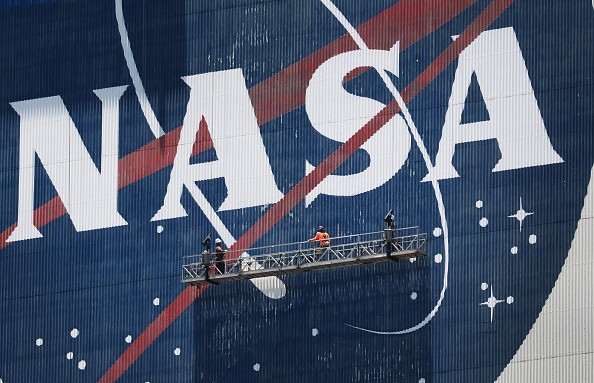NASA is set to look into a strange hole found in the atmosphere of the Earth, which shows up once a day just above the North Pole.

NASA Studies Strange Hole in Earth Atmosphere
The reason behind the strange anomaly in the Earth's atmosphere remains to be seen. Thus, NASA or the National Aeronautics and Space Administration is trying to unravel why it is occurring.
It has become a serious issue for spacecraft as the hole in the atmosphere of the Earth at the North Pole is affecting the signals of both GPS and radio in the said area, as per the report by Daily Star UK.
Not to mention that NASA scientists also observed that whenever a spacecraft passed by the area that goes by the name Polar Cusp, it ended up slowing down--as if there was a speed bump.
Strange Hole in Earth's Atmosphere
The Polar Cusp area, wherein the strange hole in the atmosphere is found, is found 250 miles on top of the North Pole.
The anomaly intriguingly opens up the funnel-shaped gap on a daily basis, but only during the noon local time. It is consequently when the Sun is at the highest point in the area.
According to the news story by Mirror UK, the magnetic field in the atmosphere of our home planet is supposed to block any particles from the Sun from entering the Earth.
However, the hole that shows up every noon lets particles from the Sun set foot in the atmosphere of the Earth, which in turn affects the performance of both spacecraft and satellites.
Read Also : NASA's ISS Spacewalk Now Delayed Due to Space Debris Warning! Recent Russia Missile Test to Blame?
NASA CREX-2 Mission to Study Strange Hole
That said, NASA is launching a mission solely dedicated to unraveling the intriguing reason behind the hole found above the North Pole.
To be more precise, the United States space agency is launching Cusp Region Experiment-2 or shortly known as the CREX-2 mission on Dec. 1.
The upcoming test by NASA will be shooting a rocket from Norway into the air to look into the hole found in the atmosphere.
For now, scientists from NASA have already ruled out that the seemingly speed bump-like issue in the polar cusp is due to the denser air in the area when compared elsewhere on the planet.
However, further study seeks to expose the reason behind why there is a different mix of air on the polar cusp.
It is worth noting that the CREX-2 mission has been delayed for almost two years now due to the weather conditions during that time.
Not to mention that the pandemic caused by the still raging novel coronavirus also pushed back the mission even further.
Related Article: NASA Hubble Space Telescope Shares Visualization of 'Cosmic Reef' | Undersea World Nebula
This article is owned by Tech Times
Written by Teejay Boris
ⓒ 2025 TECHTIMES.com All rights reserved. Do not reproduce without permission.




